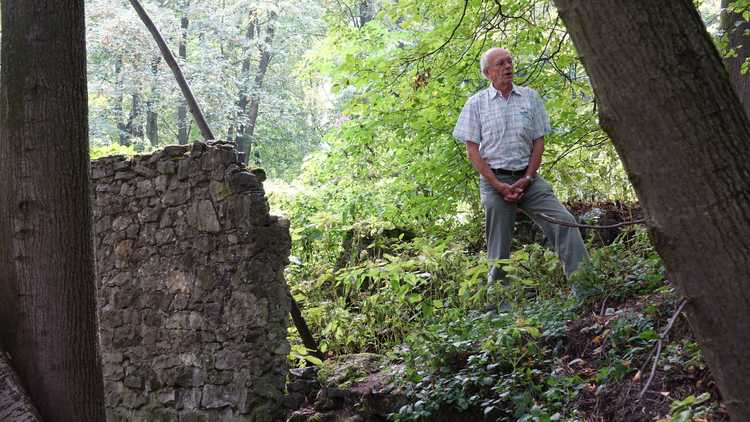St. Annaberg at first was a “Reichsautobahnlager. Jews from Silesia worked there from 1940 onwards as labor slaves on the construction of a motorway that was to connect the capital of Berlin with the occupied city of Odessa in Ukraine. A large number of camps were founded along the route of the new motorway, mostly at a quarry were sand, gravel or rock was wxtracted for the foundation ot the road. From 1942, a number of these “Reichsautobahn camps were given the fincution of “Durchgangslager” (transit camps). Western European Jews, who had been taken off the train in Cosel were spread from here to other labor camps of the Organization Schmelt.
St. Annaberg (Polish: Gora Swietej Anny) was one of those transit camps. It was founded at this place because volcanic rock was extracted here for the construction of the motorway. Men from nine Dutch, four Belgian and three French trains were initially brought here from Cosel and then spread over dozens of “Schmelt camps” throughout Silesia.
Later, a villa next to the St. Annaberg camp became the administrative center of the entire Schmelt Organization. From early 1944, the prisoners were tattooed with an Auschwitz number on their arm, and were put to work in the chemical plants of nearby Oderberg.
St. Annaberg was a fairly large camp. The foundations and remains of a number of barracks can still be seen today. It is now in the middle of a Catholic place of pilgrimage. On 18 October 2016, a Dutch surviving relative of a victim unveiled a small monument at the remains of the camp.
Author: Herman van Rens
On request translated and placed by the editors of the Joods Monument
